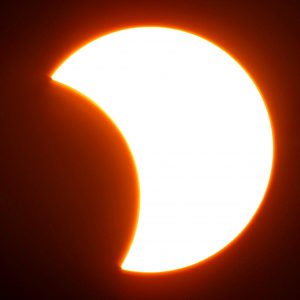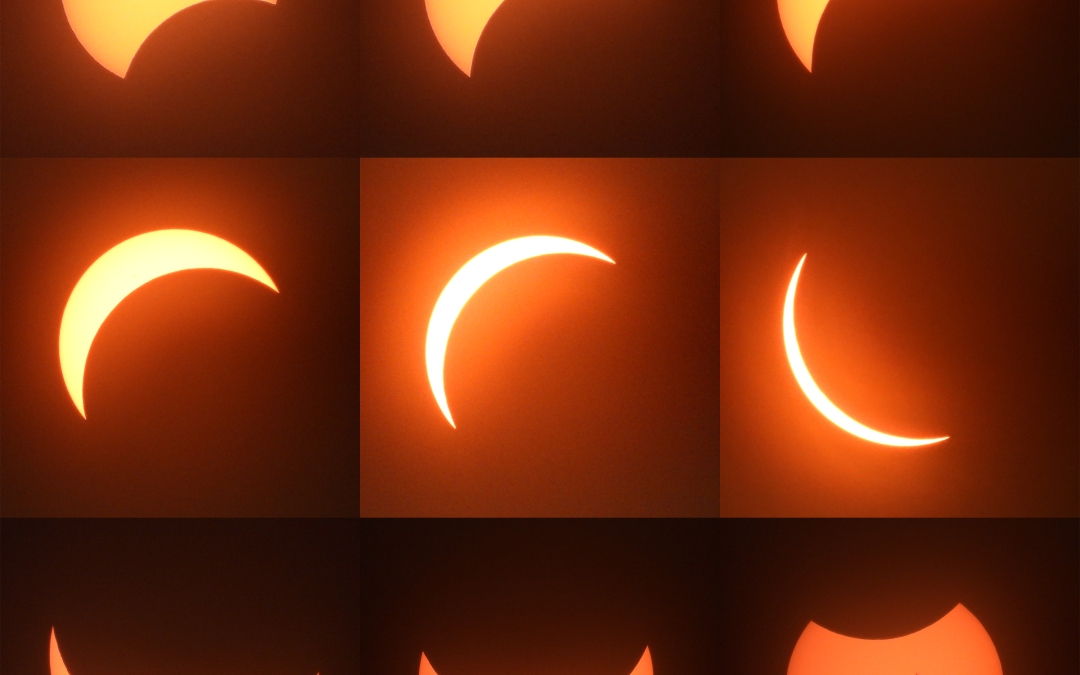 Witnessing the 96% Solar Eclipse from My Backyard
Witnessing the 96% Solar Eclipse from My Backyard
Yesterday, I had the incredible experience of watching a 96% solar eclipse right from the comfort of my own backyard. I stayed local for the eclipse because of work and my children’s school, unlike many who travel for best views. Even so, witnessing this partial solar eclipse from home was a memorable astronomical event.
Photographing the Solar Eclipse with Nikon P1000
To capture the eclipse, I used my Nikon P1000 camera with a solar filter. This setup allowed me to safely photograph the sun throughout the event – from the first contact to maximum obscuration and back to full sunlight. Using a solar filter is essential for solar photography, as it protects both your eyes and your camera’s sensor while providing sharp, detailed images.
Why I Chose to Stay Local for the Eclipse
Although I had originally planned to drive further north for a clearer view, a workday and my children’s school schedule made it more practical to observe from home. Sometimes the best astronomy experiences happen close to home, and this eclipse proved that you don’t need to travel far to enjoy solar phenomena.
Future Plans to Capture Total Solar Eclipses
One day, I hope to attend a total solar eclipse and experience totality firsthand. Once my schedule allows more freedom, I plan to travel to an eclipse event to photograph and witness the sun being completely obscured by the moon – an awe-inspiring event that is unmatched by a partial eclipse.
Noticing Sunspots During the Eclipse
A fascinating detail in my solar eclipse photographs was the presence of sunspots on the sun’s surface. Sunspots are cooler, darker areas that can be observed safely with the proper solar photography equipment. These small details make photographing the sun during a solar eclipse even more rewarding for astronomy enthusiasts and photographers alike.
Tips for Photographing a Solar Eclipse
- Always use a certified solar filter for both your eyes and camera.
- Use a tripod to stabilize your camera for sharp images.
- Plan ahead and test your camera settings to avoid missing key moments of maximum eclipse.
- Look for sunspots and other solar features to add interest to your photos.
Nasa also has these helpful hints
Conclusion
Even without traveling far, experiencing and photographing a 96% solar eclipse was an incredible astronomy adventure. With a Nikon P1000 and a solar filter, I was able to safely capture detailed images of the sun and some fascinating sunspots. I’m excited for future solar eclipses, especially total eclipses, and the chance to photograph these celestial events in all their glory. Check out more of my photography on my homepage.
